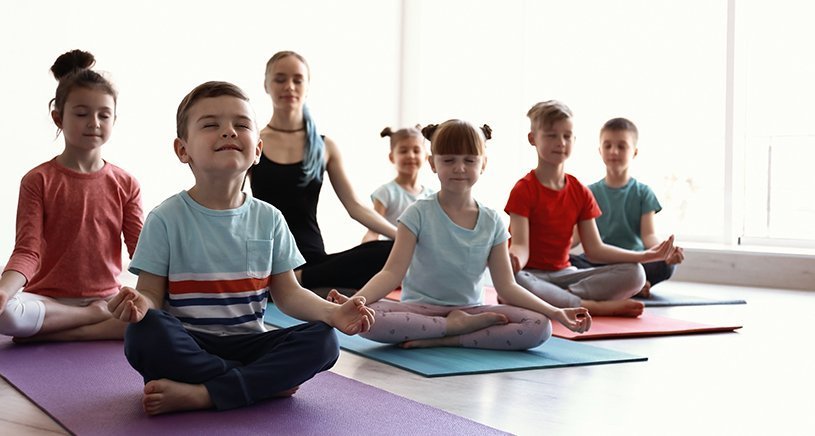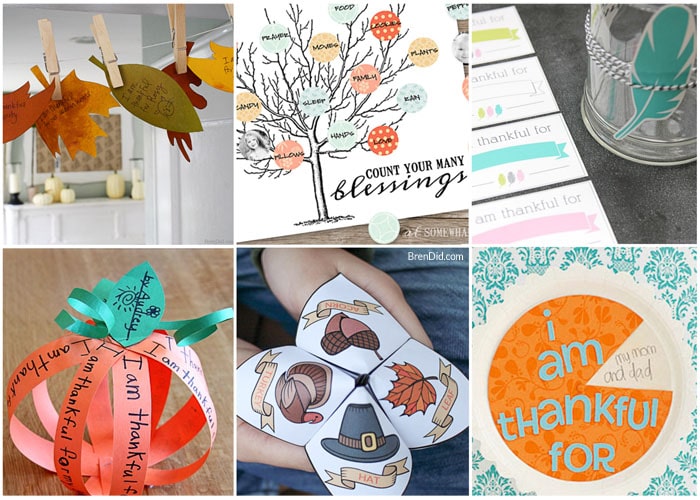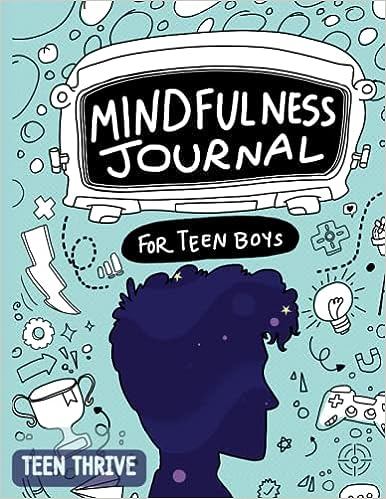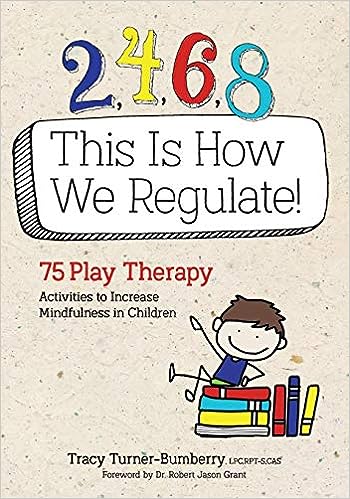Mindfulness and Children's Mental Health: Techniques for Promoting Relaxation and Emotional Well-being

As mothers, we strive to make our children’s lives as happy and fulfilled as possible. One aspect of a child’s life often overlooked is their emotional well-being. With the stress that school, peer pressure, and daily life bring, our children’s mental health should be our top priority. One technique that can do wonders for promoting relaxation and emotional well-being is mindfulness.
In a nutshell, mindfulness is about being present and fully engaged in the present moment. It can help children calm their minds, reduce anxiety and stress, and develop emotional resilience. Here are some techniques that you can use to incorporate mindfulness into your child’s routine.
1. Breathing exercises.
Teaching your child to take deep breaths in through their nose, holding it for a few seconds, and breathing out slowly through their mouth can help them calm down. Encouraging deep breathing can be a powerful tool for adults and children as it activates the parasympathetic nervous system to slow the heart rate and reduce stress. To make it more interesting, you can create a story around it. For example, you can ask your child to close their eyes and imagine inhaling the scent of their favorite flower and slowly exhaling the smell of a “yucky” one. You can ask them to visualize getting rid of negative thoughts or emotions as they breathe out.

2. Gratitude practice.
Teach your children to appreciate what they have by practicing gratitude. Help them keep a gratitude journal to list things they are thankful for. It can be anything from their favorite toy to spending time with family or even the sunshine on a beautiful day. By focusing on the positives and being thankful, children can develop a more positive outlook on life and coping mechanisms when dealing with emotions.

3. Mindful walk.
Going for a walk in nature and being fully present at the moment can be incredibly therapeutic. Encourage your child to pay attention to the colors, textures, and natural sounds. Ask them to listen to birds singing, feel the breeze on their face, and touch the plants. When we focus on the present moment, we take our minds off our problems, which can be a powerful technique for reducing stress and anxiety.

4. Body scan exercise.
While sitting or lying down in a comfortable position, guide your child’s attention to different parts of their body. Start from the top of their head and slowly move down, focusing on how each part of the body feels. Please encourage them to breathe deeply and relax their muscles. This practice can help them recognize when they’re tense and learn how to let go of tension in their body, leading to relaxation and a calm state of mind.

5. Progressive muscle relaxation.
This technique involves tensing and then releasing different muscle groups in the body. Children can learn to recognize the physical sensations that accompany stress and relaxation by drawing and relaxing each muscle group in sequence. It’s a powerful technique they can use anywhere, anytime, to help relieve stress and reduce anxiety.

Mindfulness has become a buzzword, but research suggests it can be a powerful tool in promoting emotional well-being. By helping children learn how to be present at the moment, mindfulness techniques can help reduce stress, improve focus and attention, and increase emotional resilience. As mothers, we can incorporate these techniques into our children’s routines to help them learn essential life skills and coping mechanisms that will serve them well into adulthood.



